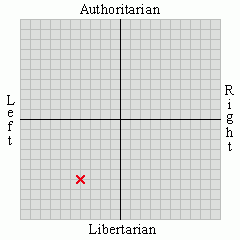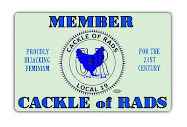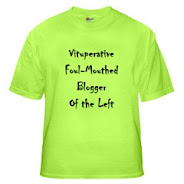A friend (yes, I have friends, try not to faint) asked me how I am able to take decent photos of my cats. I thought that might make a good blog post.
Two things that apply to photography as to shooting rifles: If you can get closer, get closer. If you can get steadier, get steadier. Obviously there are limits to all of that. Back in the days of film SLR cameras, with the vibration from both the shutter flying and the mirror slamming up and down, if you had to shoot at anything slower than 1/60th of a second, you had to rest the camera on something. You can go slower with a digital camera, but still, nothing beats shooting from a steady rest.
Getting closer means that your subject is in more of the frame, which gives you more latitude for editing later on.
There is no excuse for not pushing the shutter often. Pixels are cheap.
Do not use flash if you can avoid it. If your critter is looking at you, you will get the "laser-eye" effect. Using flash with human subjects can result in "red-eye," so avoid using flash. Get steadier, bump up the ISO if you can, turn on extra lights, just stay away from the flash.
Always max out on the pixel and resolution settings. Always, always, always. If you don't have enough room on your camera's memory card to do that, break loose your wallet and buy a larger-capacity memory card. (If you are using the card that came with your camera, it probably has a tiny memory capacity. Junk it.) On Canon PowerShots, the settings are "large" and "superfine," other makes may vary. You can always later reduce the size of an image, it is much harder to add in information that is not there. Which leads me to....
Never ever edit the original image file. Copy it elsewhere and then muck around to your heart's content. You might want to start over. You will forget to do this on an image you really want some day, trust me, so make a habit of it now.
Good Thing He Was Stealing A Glance
45 minutes ago









3 comments:
This is great! You hit on all the aspects of getting good shots and editing them for publishing!
You should submit this to the ehow.com people.
A problem I've noticed with resting one of these little digital cameras on something is that sometimes they wobble more than if they're in your hands. Might want to try using the timer if you have one.
If you have a Kodak camera, you can get a 2GB SD memory thingy for less than $50. I bought one and have stored hundreds of photos on it. I have yet to erase it.
Lisa, I never heard of ehow.com until now.
Cujo, $50 for a 2Gb SD card? You are getting hosed. $32 will get you a 16Gb SD card.
I have a 4Gb SD card in my A1000 (10 Mp) and a 2Gb CF card in my A95 (5Mp). That's good for about 800 shots in each camera.
Post a Comment